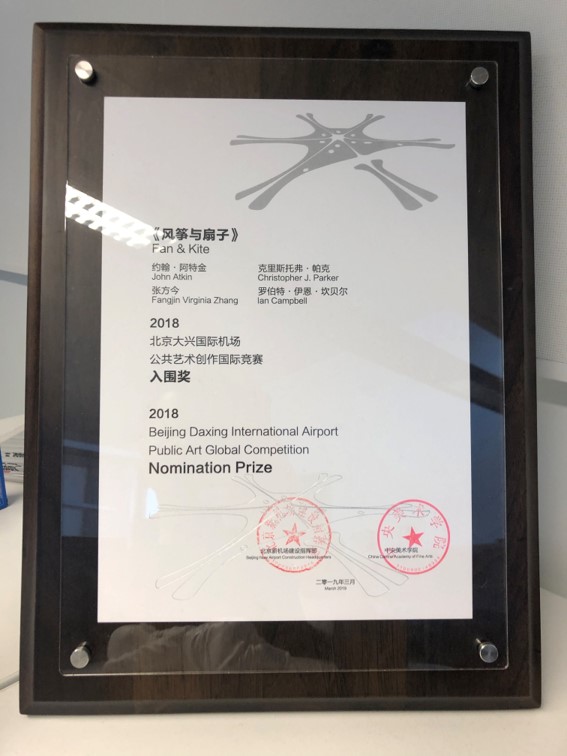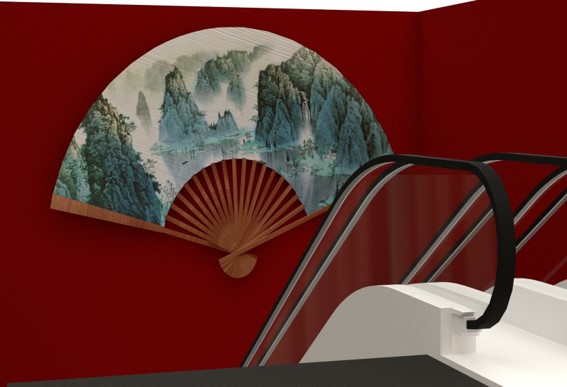Since opening on 30 June 2019, Beijing’s Daxing International Airport is the world’s largest single structure terminal. The architects, Zaha Hadid Architects, ADPI, and the Beijing Institute of Architectural Design, wanted the terminal to speak for China’s development and evolution. To achieve international excellence, they opened several public areas to the world’s best designers, artists, and architects. One of those public areas was the international arrivals corridor; where each international passenger passes through.
Dr Christopher J. Parker, Lecturer in UX Design, instigated the collaboration. Having worked with CAFA as an Expert Advisor for the Yantai Urban Planning Bureau, they invited him to submit a vision for Daxing International Airport. His design on Daxing Airport’s concept experience won Loughborough University a place in the international submission process. Dr Parker was responsible for the project’s human elements, considering the transition of people and experiences as an interconnected formation of memory.
Professor John Atkin, Director on Internationalisation: Creative Arts, joined the team as creative and artistic lead. Professor Atkin is an Honorary Fellow of Beijing’s National Academy of Sculpture, an Expert Juror at Tsinghua University Beijing, and sculptor of Beijing’s Olympic Park’s landmark sculpture: Strange Meeting. Professor Atkin was responsible for the visual, artistic, and creative vision; realising the team’s ambitions through the corridor as an artistic space.
Dr Fangjin Zhang, Researcher, joined the team brining acclaimed experience in Chinese design and manufacture; including Shanghai city facility manufacturing and a 600 years anniversary exhibition design for the Palace Museum. Dr Zhang was responsible for the design’s cultural authenticity and manufacturing practicality.
Professor Ian Campbell, Associate Dean, completed the team bringing his extensive experience in international projects to the company. Professor Campbell was responsible for the project’s practicality, feasibility, and desirability.




